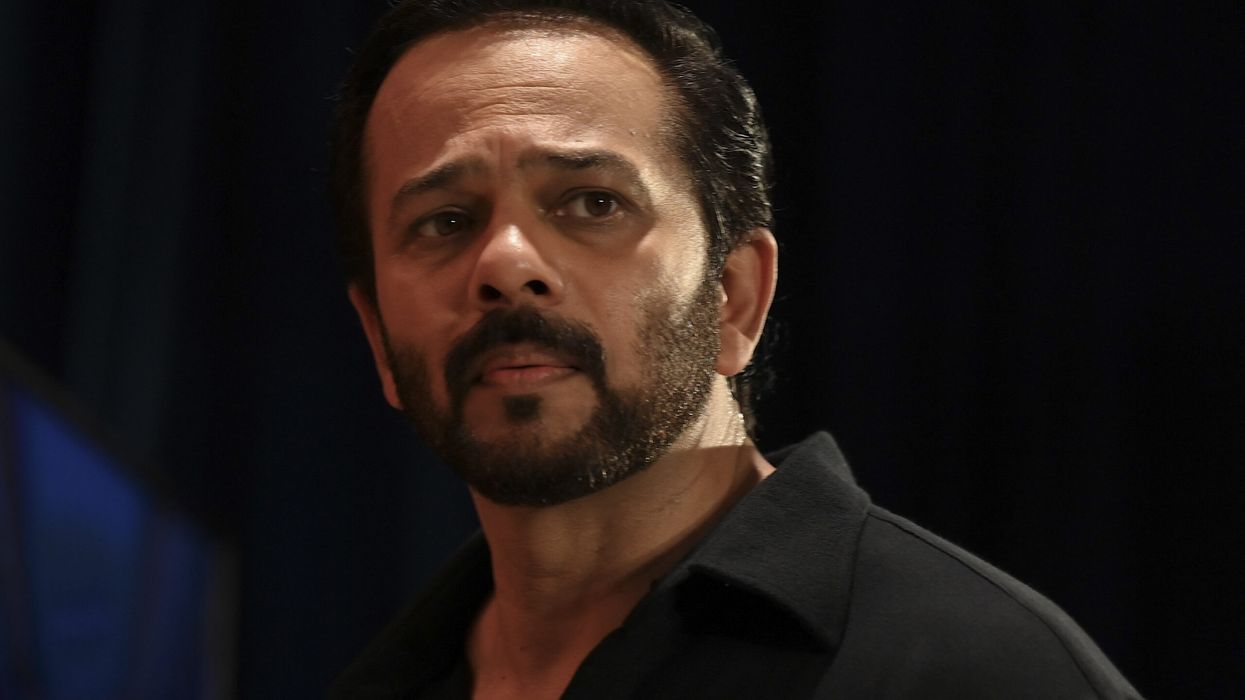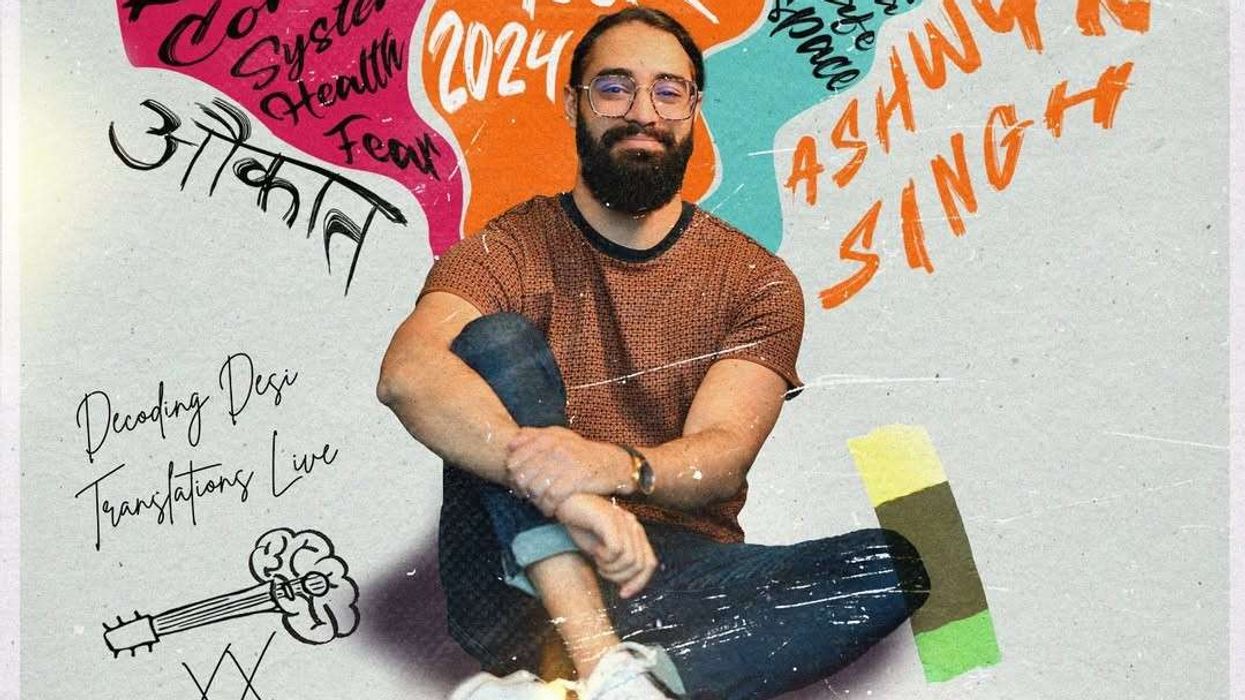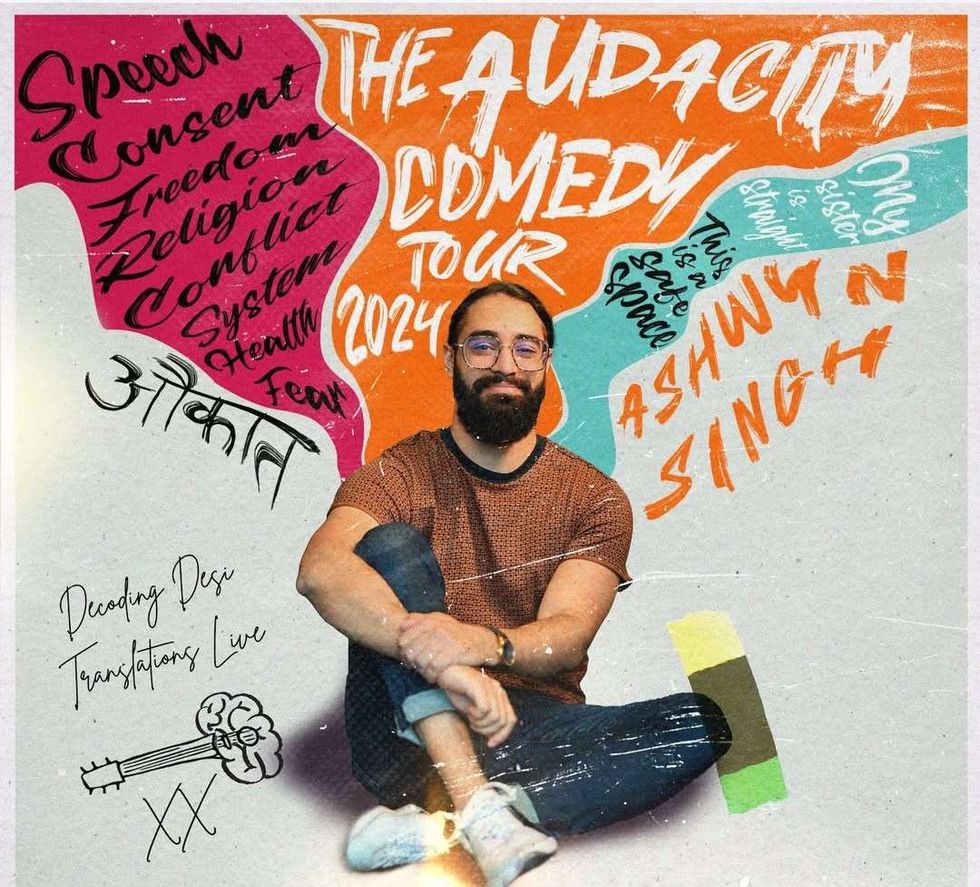Bollywood movies not doing well at the box office this year is just a phase and one should focus on films that have been successful, says filmmaker Rohit Shetty, as he hopes his much-awaited Singham Again makes viewers happy.
Other than small and mid-budget movies like Kiran Rao-directed Laapataa Ladies, Dinesh Vijan’s home production, Munjya, Kareena Kapoor Khan and Tabu-starrer Crew, Ajay Devgn’s Shaitaan, and Rajkummar Rao's Srikanth, the first half of the year has been dismal for the Hindi film industry with the failure of Bade Miyan Chote Miyan, Maidaan, and Yodha.
But Shetty, known for making big-budget, star-studded blockbusters, is not worried.
"It's a phase which comes every five to six years, where a year or two goes bad business-wise. Like, we have had Pathaan, Jawan, Gadar 2, and Oh My God 2, so it's like missing time syndrome. So, we focus on that, we don't look at films that did well," the filmmaker told PTI in an interview.
"For instance, Gadar 2, it's not like they did business of Rs 100 or 200 crore (£9.27 or 18.54 million), it did Rs 500-600 crore plus business. We need to focus on the good part. It happens, you’ve phases. It’s a cycle.”
Following the commercial success of films like “Pathaan,” “Jawan,” and “Gadar 2” last year, many thought the action genre was going to be the flavour of the season but Shetty said such assumptions are wrong.
“We come to a conclusion very soon that only action will work or comedy will not work. Films have to be taken individually, irrespective of the genre. We don’t know which film will work, which won’t and that’s a fact of life,” he said.
The 50-year-old director is optimistic about Singham Again, his next directorial venture with frequent collaborator Ajay Devgn, which opens in theatres on November 1 on the occasion of Diwali.
"It is a big responsibility. I hope when it comes, it will make everyone happy like how Sooryavanshi opened in theatres after Covid-19. I hope this one also makes everyone happy. If that is done, then my job is done,” Shetty added.
The upcoming action film is the third in the Singham series, which started with 2011’s Singham and was followed by Singham Returns in 2014. These movies are tied with the storylines of Sooryavanshi, led by Akshay Kumar and Simmba, starring Ranveer Singh.
Shetty, however, is wary of comparisons between his cop universe and the Avengers movies.
"I can't compare Singham Again with Avengers. They are too big. Ours is a cop universe, we’ve Ajay, Akshay, Ranveer, and Kareena, and then there are new characters this time. We are trying to work in our world and the way it is shaping up, I think people will get what they want from Singham Again.”
The idea, he said, is to create content that appeals to a wide segment of the audience.
"You need to up your game every time because there's a lot of exposure that the audience has, so you need to be on that level. We've to be on that level,” he said.
In Singham Again, Devgn will reprise his fan-favourite cop character of Bajirao Singham, and Arjun Kapoor will be seen as the antagonist. Kareena Kapoor Khan, who played Devgn’s love interest in the second part, will be seen in the third part.
Singham Again is the fifth part in Shetty’s cinematic cop universe, which includes Ranveer Singh’s Simmba (2018) and Akshay Kumar’s Sooryavanshi (2021).
The upcoming film also boasts star-studded appearances including Ranveer Singh, Akshay Kumar, Tiger Shroff, and Deepika Padukone.
Shetty, who recently wrapped the shooting of Singham Again, said CGI in stunts is increasingly becoming an industry standard.
“It depends on what kind of action it is, if it's hand-to-hand combat then CGI is not for me, I try to keep it real. Other than that, all the stunts that we do...CGI is very important because it's safe, easier and it's costlier also. But that's the new thing and you can't be left behind.”
Shetty is returning as the host of Khatron Ke Khiladi season 14 on Colors TV from July 27. (PTI)






 Ashwyn Singh on language, identity, and the comedy of belonging nowhere Instagram/ashwynsingh
Ashwyn Singh on language, identity, and the comedy of belonging nowhere Instagram/ashwynsingh  Ashwyn Singh turns immigrant life into laughs Instagram/ashwynsingh
Ashwyn Singh turns immigrant life into laughs Instagram/ashwynsingh 






